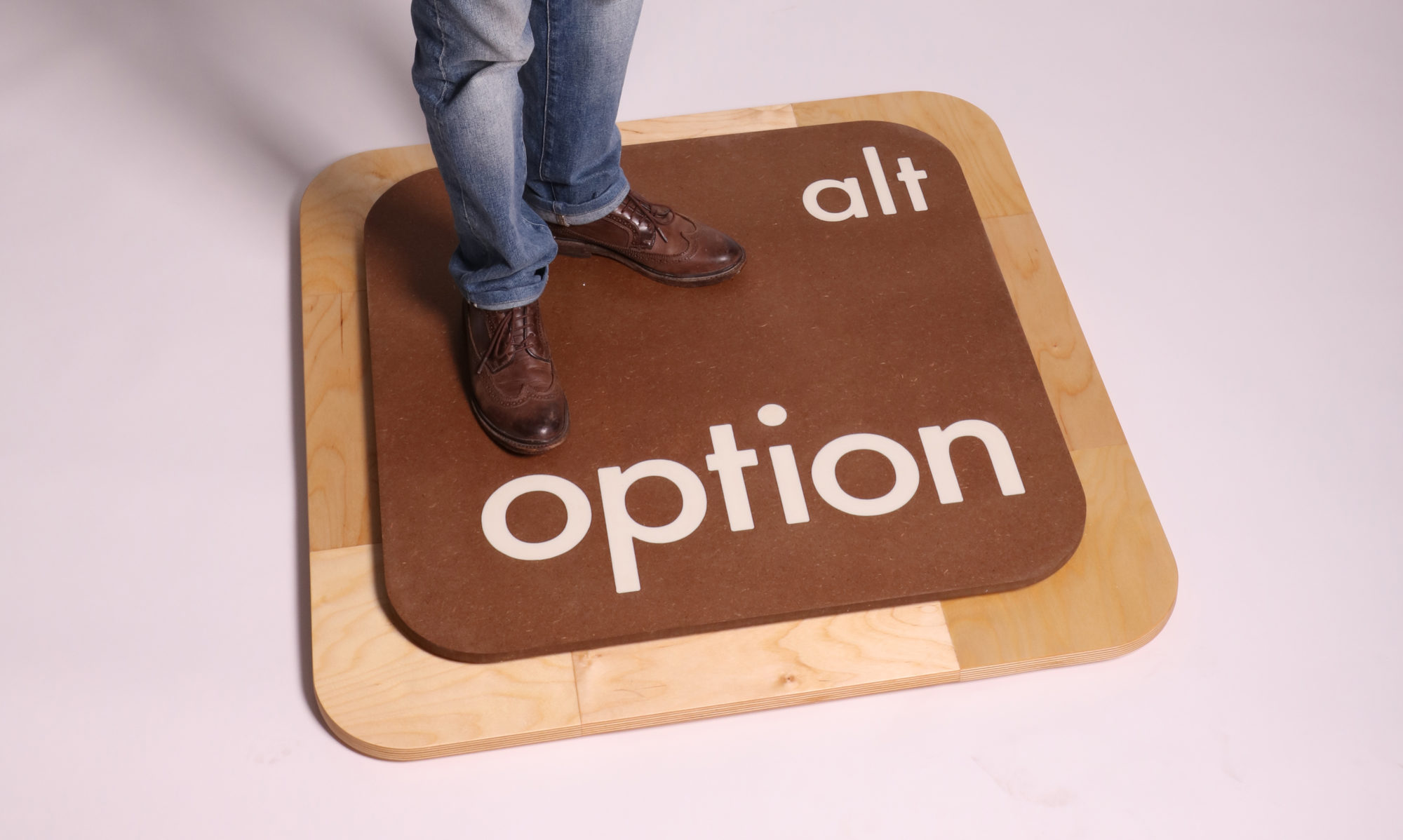Was it Fun?
Yes, once the learning curve is passed, the game is a lot of fun to play. The initial complexity might be off-putting, but as players grasp the mechanics, the game reveals itself to be a strategic delight. The satisfaction of seeing your trees grow and the anticipation of the changing sun’s position create engaging gameplay moments. The fun lies in the balance of strategy, anticipation, and the occasional surprises from opponents’ actions.
What Were the Player Interactions?
Players interact by strategically placing trees and seeds on the board while using light points as currency to perform actions. A significant part of the interaction involves attempting to block each other’s access to light by overshadowing other players’ trees, which adds a competitive edge. This direct interaction fosters a dynamic where players must constantly adapt their strategies in response to opponents’ moves, creating a lively and engaging atmosphere.
How Long Did It Take to Learn?
The game took my group about an hour to learn. Initially, the rules seemed complex, but with patience and practice, the mechanics became clear. The initial investment in learning pays off as players become more adept at strategizing and anticipating moves, enhancing the overall enjoyment.
What Was the Most Frustrating Moment or Aspect?
The most frustrating part was the learning curve. The complexity of the rules and mechanics can be overwhelming at first. However, this frustration is temporary and diminishes as players become more familiar with the game. The payoff is worth it, as the game becomes more intuitive and enjoyable over time.
What Was Your Favorite Moment or Aspect?
My favorite aspect was the ability to grow trees from seeds. Watching your trees progress from small seeds to towering giants is incredibly satisfying. This element of growth mirrors the natural world and adds a rewarding layer to the strategy. The visual representation of growth also provides a tangible sense of achievement as the game progresses.
Was There Anything You Wanted to Do That You Couldn’t?
Honestly, this was the first game I’ve played in this class where there wasn’t anything I wished I could do differently. The game felt complete in its mechanics and objectives. I just wish I had been a little faster in picking up the rules, which would have allowed me to dive into strategic planning sooner.
If You Had a Magic Wand to Wave, and You Could Change, Add, or Remove Anything, What Would It Be?
I would add an educational element to the game with facts about the trees and ecosystems. Integrating informational tidbits could enhance the learning experience by providing context for the types of trees represented and their roles in ecosystems. This addition could make the game not only fun but also informative, appealing to a broader audience with an interest in nature.
Is This a Game You Would Play Again?
Yes, I would absolutely play this game again because once you know the rules, it’s a fairly smooth and enjoyable experience. The depth of strategy and the engaging mechanics make it a game worth revisiting. Each playthrough offers new challenges and opportunities to refine strategies, keeping the experience fresh.
Analyze the Game Using the 3 Act Structure
- Act 1: Setup
Players are introduced to the board and mechanics, learning the rules and objectives. Initial trees and seeds are placed, and players begin to understand the importance of light points.
- Act 2: Confrontation
The game enters a phase of strategic competition as players vie for light and space on the board. This middle act is characterized by tension and tactical decisions, with players navigating the challenges of blocking and being blocked by others.
- Act 3: Resolution
The game concludes as players see the results of their strategies. Trees mature, and points are tallied, leading to the final resolution of who best managed their forest. The satisfaction of seeing a well-executed plan come to fruition is the highlight of this act.
What Are the Collaborative and Competitive Aspects?
The game is primarily competitive, with players pitted against each other to maximize their light collection and tree growth. However, there is an element of indirect collaboration in that players must sometimes work around each other, respecting the ecosystem’s balance to ensure opportunities for all. The competition is friendly and strategic, requiring foresight and adaptability.
What is the Game’s Metaphor and Which Mechanics Stand Out?
The game’s metaphor revolves around the natural process of photosynthesis and ecological growth. The standout mechanics include the use of light points as currency with the sun revolving around the board, which cleverly ties into the theme of sunlight being essential for growth. The rotating sun, which changes the dynamics of light availability, is a brilliant mechanic that keeps players engaged and constantly re-evaluating their strategies. This metaphor and these mechanics together create an immersive experience that mirrors the ebb and flow of nature.
